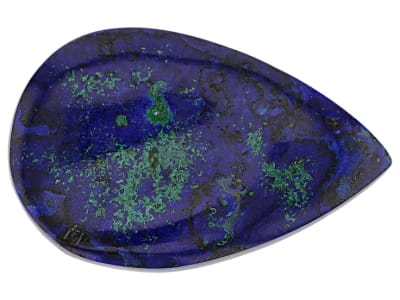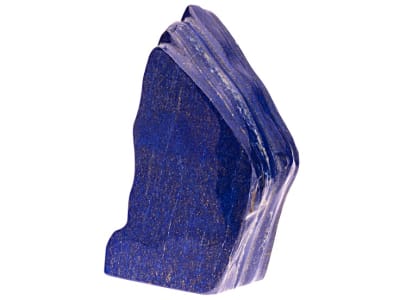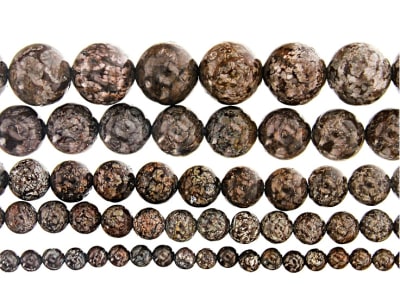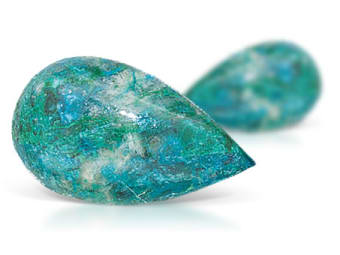Rock describes an inorganic material that is an aggregate, or mixture, of minerals. Rocks are igneous, metamorphic, sedimentary or in rare cases extraterrestrial (meteorites and some tektites).
General Information
Rock Colors
-
 Bi-color
Bi-color -
 Black
Black -
 Blue
Blue -
 Brown
Brown -
 Gray
Gray -
 Green
Green -
 Multi-color
Multi-color -
 Orange
Orange -
 Pink
Pink -
 Purple
Purple -
 Red
Red -
 White
White -
 Yellow
Yellow
Alternate Names
Mixed Ornamental Stone
Countries of Origin
Papua New Guinea; Cambodia; Kazakhstan; Paraguay; Bahamas; Solomon Islands; Montserrat; Unknown; Mali; Marshall Islands; Guadeloupe; Panama; Bonaire, Sint Eustatius and Saba; Argentina; Seychelles; Belize; Zambia; Bahrain; Congo; Guinea-Bissau; Saint Barthelemy; Namibia; Comoros; Faroe Islands; Finland; Georgia; Yemen; Tanzania, United Republic Of; Eritrea; Puerto Rico; Viet Nam; Aruba; Madagascar; Libya; Sweden; Cocos (Keeling) Islands; Malawi; Andorra; Saint Helena, Ascension and Tristan da Cunha; Liechtenstein; Poland; Bulgaria; Jordan; Tunisia; Tuvalu; United Arab Emirates; Kenya; French Polynesia; Djibouti; Lebanon; Azerbaijan; Cuba; Mauritania; Saint Lucia; Guernsey; Congo (the Democratic Republic of the); Mayotte; Israel; San Marino; Australia; Tajikistan; Myanmar; Cameroon; Gibraltar; Cyprus; Northern Mariana Islands; Malaysia; Iceland; Oman; Bosnia And Herzegovina; Armenia; Gabon; Korea (the Republic of); Luxembourg; Brazil; Turks and Caicos Islands; Algeria; Cabo Verde; Jersey; Slovenia; Colombia; Ecuador; Iran (Islamic Republic of); Lao People's Democratic Republic; Vanuatu; United States Minor Outlying Islands; Honduras; Italy; Antarctica; Nauru; Haiti; Afghanistan; Burundi; Russian Federation; Singapore; French Guiana; American Samoa; Christmas Island; Netherlands; China; Martinique; Kyrgyzstan; Reunion; Saint Pierre And Miquelon; Cote D'Ivoire; Bhutan; Multiple; Romania; Falkland Islands [Malvinas]; Togo; Philippines; Uzbekistan; Pitcairn; Zimbabwe; British Indian Ocean Territory; Montenegro; Dominica; Indonesia; Benin; Angola; Virgin Islands (British); Sudan; Brunei Darussalam; Portugal; New Caledonia; Grenada; Moldova (the Republic of); Cayman Islands; Greece; Latvia; Mongolia; Morocco; Guatemala; Guyana; Iraq; Chile; Nepal; Isle of Man; Ukraine; Ghana; Holy See; Anguilla; Saint Vincent And The Grenadines; India; Canada; Maldives; Turkey; Belgium; South Africa; Bermuda; Aland Islands; Central African Republic; Jamaica; Peru; Turkmenistan; Venezuela (Bolivarian Republic of); Germany; Fiji; Tokelau; Hong Kong; Guinea; Chad; Somalia; Thailand; United Kingdom of Great Britain and Northern Ireland; Equatorial Guinea; Kiribati; Costa Rica; Saint Martin (French part); Kuwait; Nigeria; Palestine, State of; Croatia; Sao Tome And Principe; Syrian Arab Republic; Cook Islands; Sri Lanka; Uruguay; Timor-Leste; Switzerland; Samoa; Spain; Liberia; Burkina Faso; Swaziland; Palau; Estonia; Wallis and Futuna; Niue; Svalbard And Jan Mayen; Austria; Mozambique; El Salvador; Monaco; Guam; Lesotho; Tonga; Heard Island And Mcdonald Islands; Western Sahara; Hungary; Republic of Kosovo; South Sudan; Japan; Belarus; Curacao; Mauritius; Taiwan (Province of China); Bouvet Island; Albania; Bolivia (Plurinational State of); Norfolk Island; Trinidad And Tobago; Virgin Islands (U.S.); New Zealand; Sint Maarten (Dutch part); Senegal; Micronesia (Federated States of); Ethiopia; Macedonia (the former Yugoslav Republic of); Czechia; United States of America; Egypt; Sierra Leone; Malta; Saudi Arabia; South Georgia And The South Sandwich Islands; Pakistan; Gambia; Ireland; Qatar; Slovakia; France; Lithuania; Serbia; Niger; Rwanda; Saint Kitts And Nevis; French Southern Territories; Bangladesh; Barbados; Nicaragua; Norway; Botswana; Macao; Denmark; Dominican Republic; Mexico; Uganda; Suriname; Greenland; Antigua And Barbuda
Species/Variety
Copper Porphyry or Peacock Rock
Most copper comes from rocks containing copper minerals called porphyry copper deposits. Copper ore can contain combinations of gem materials like azurite, chrysocolla, cuprite, malachite, and turquoise. It is sometimes called peacock rock in the trade.
LWUV: Inert to weak greenish yellow
Jenekite
Jenekite is a trade name for an amphibole-rich metamorphic rock that is also called, Nuummite. Nuummite is named after its place of origin: Nuuk, Greenland. This rock is frequently polished en cabochon and produces an attractive iridescence caused by interlocking crystals of anthophyllite and gedrite.
LWUV: Inert
Eilat Stone
The rich greens of eilat stone comes from it being a unique combination of various copper-bearing minerals including chrysocolla, malachite, azurite and turquoise. This stone is the national stone of Israel and known as King Solomon stone, as it comes from what is storied as King Solomon's mines in the Timna Valley of Israel.
LWUV: Inert




